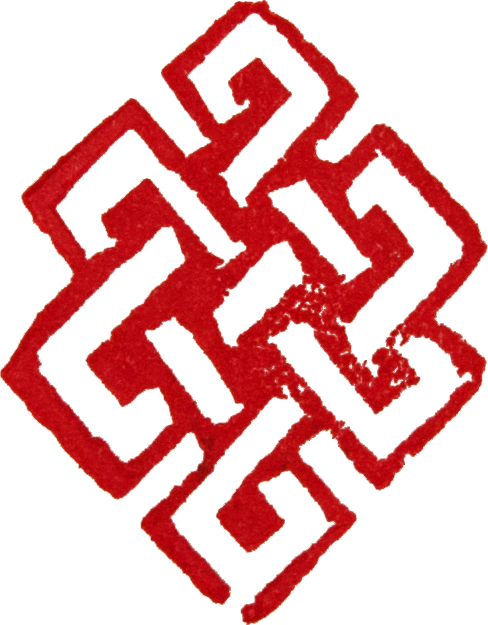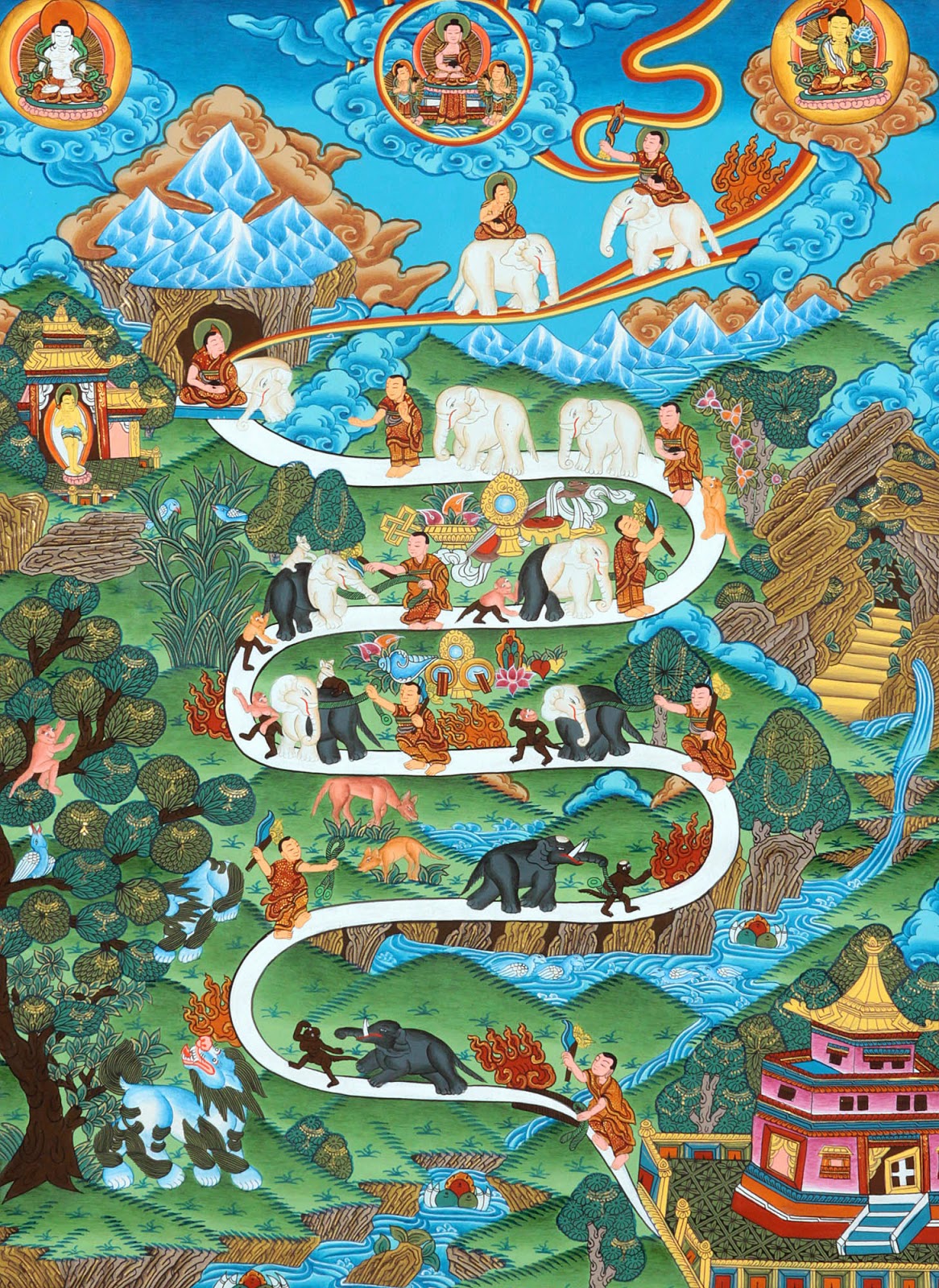~ 400 CE. Attributed to Asanga (300-350 BCE) and/or Maitreya
From Wikipedia:
The Yogācārabhūmi is generally associated with the Indian Yogācāra school because it contains certain unique Yogācāra doctrines, like the eight consciousnesses and the ālaya-vijñāna (storehouse or foundational consciousness). According to Ulrich Timme Kragh, “its overall objective seems to be to present a coherent structure of Buddhist yoga practice with the Mahāyāna path of the bodhisattva placed at the pinnacle of the system”, but substantial parts also deal with non-Mahāyāna “mainstream” practices.[1] The text also shows strong affinity to the Abhidharma works of the Mainstream Buddhist Sarvāstivāda school, adopting many of its technical terminology and classifications of phenomena (dharmas).[3]
While it likely contains earlier materials, the YBh is thought to have reached its final redaction in the fourth century CE.[4] Traditional sources name either the Indian thinker Asaṅga (ca. 300-350) or the bodhisattva Maitreya as author, but most modern scholars hold that it is a composite text with different chronological textual layers and various authors, though this does not rule out the possibility that Asaṅga was among them.[5][6]
This is the text in which one finds detailed exposition of the nine-stages of mediation: https://encyclopediaofbuddhism.org/wiki/Samatha#Nine_stages
An ongoing effort to translate this centrally important Mahayana text from The Chinese is available here:
An English translation from the Tibetan, published by Tsadra foundation:
There exists a compilation of scholarly works from across the Sanskrit, Chinese and Tibetan, including a detailed summary:
“Yogachara, Foundation For Yoga Practitioners Buddhist Yogacharabhumi & Its Adaptation In India, East Asia, Tibet Ulrich Timme Kragh Harvard”. Available on the Internet Archive: https://archive.org/details/yogacharafoundationforyogapractitionersbuddhistyogacharabhumiitsadaptationinindi_804_z – NOTE – the PDF download is possibly incomplete?

